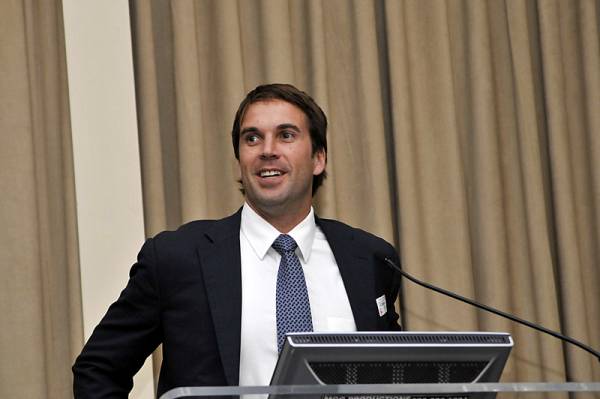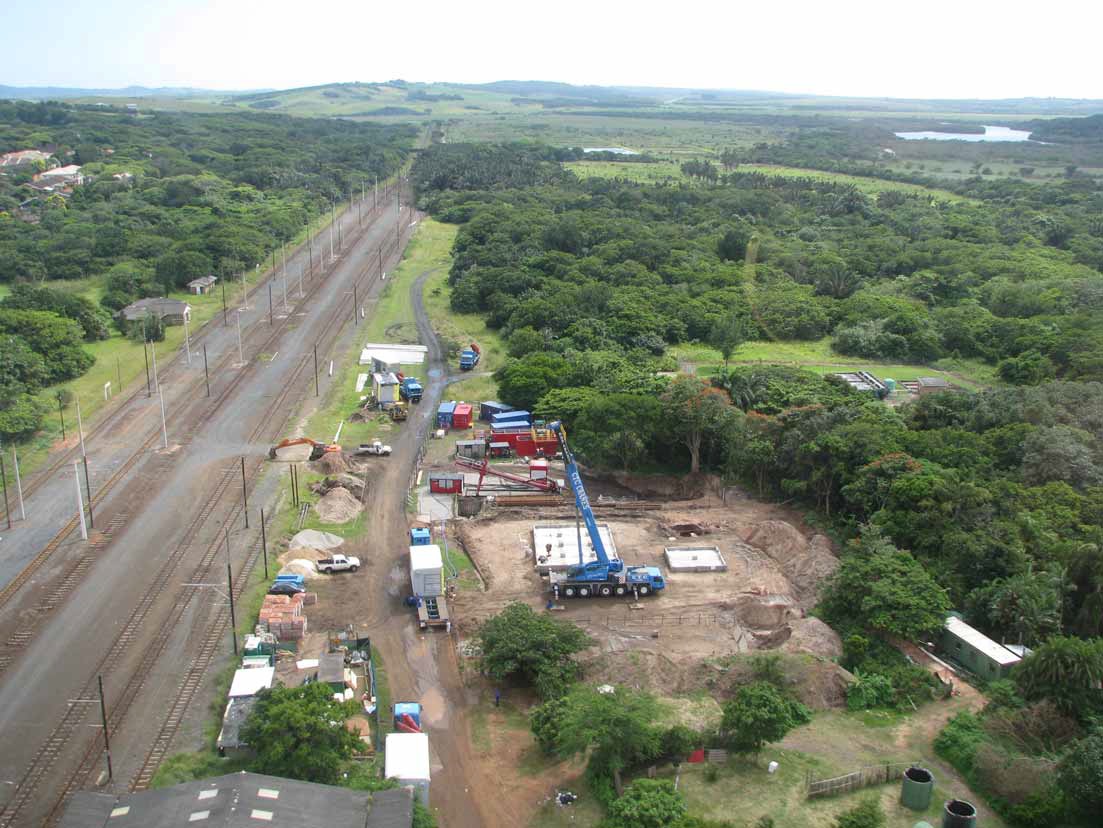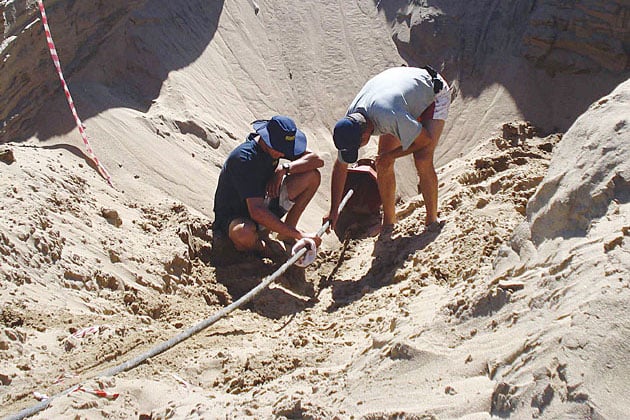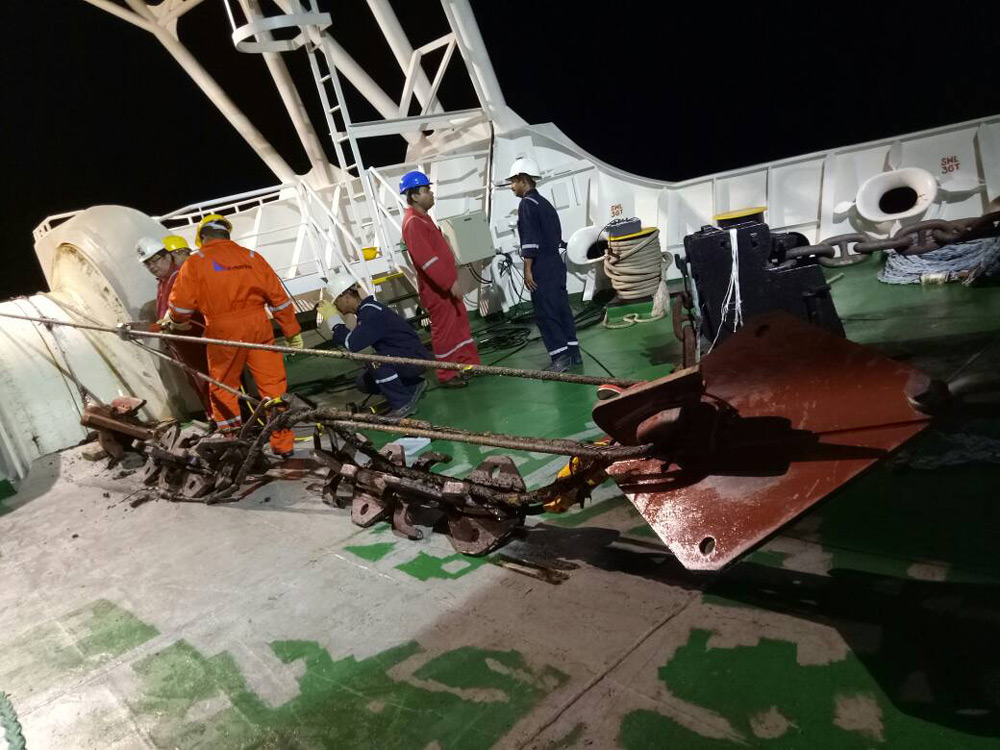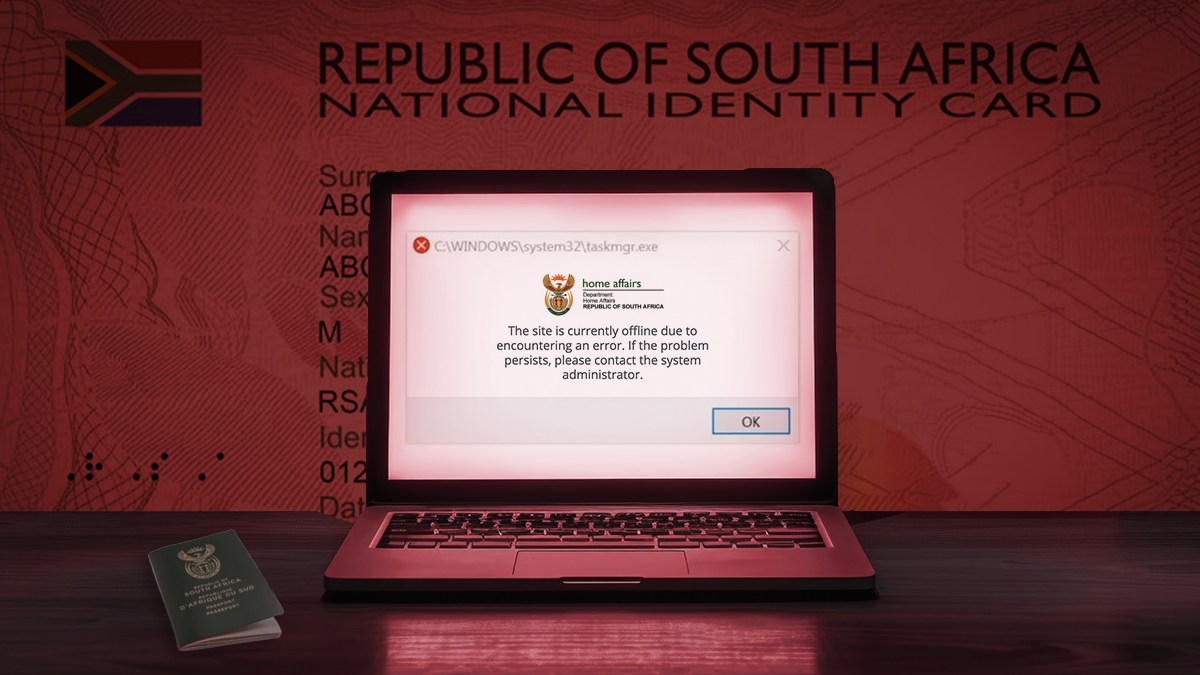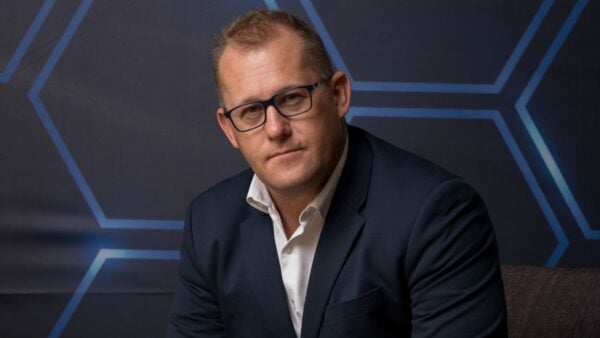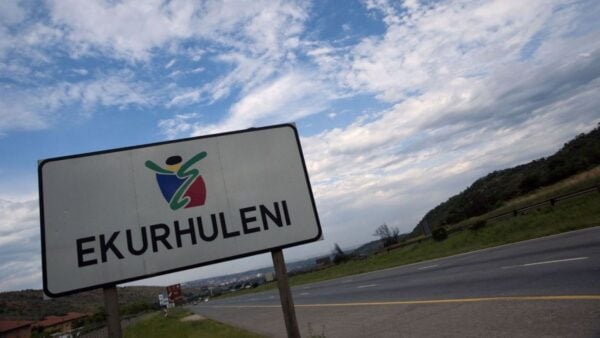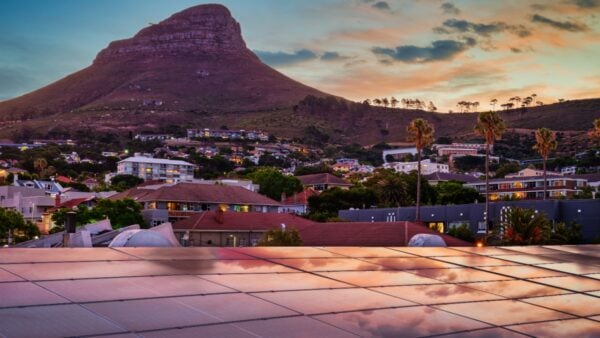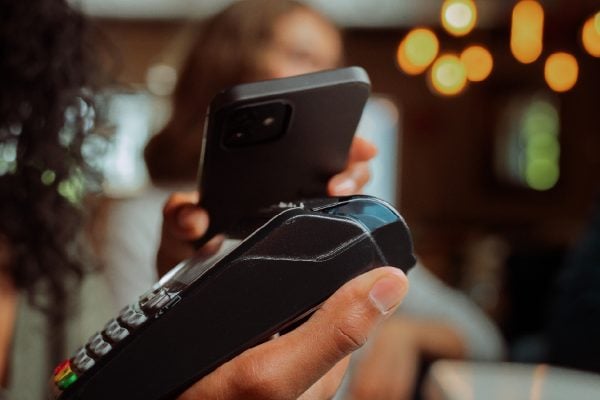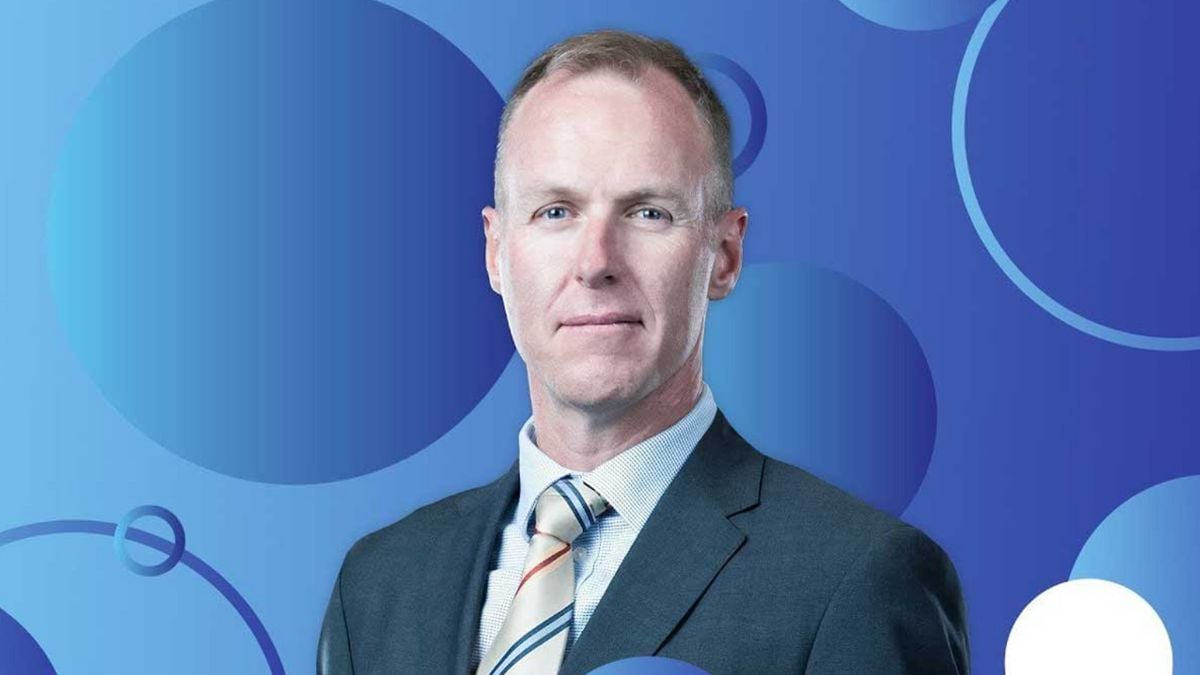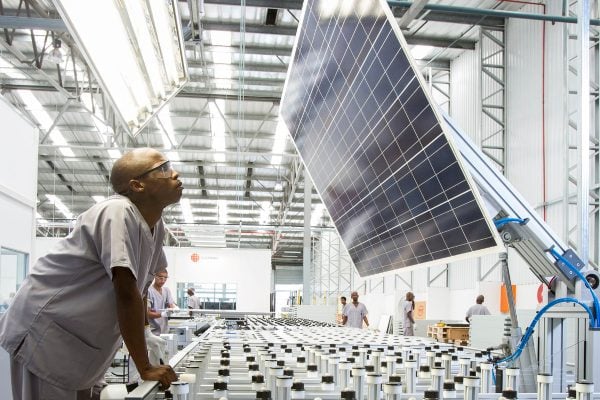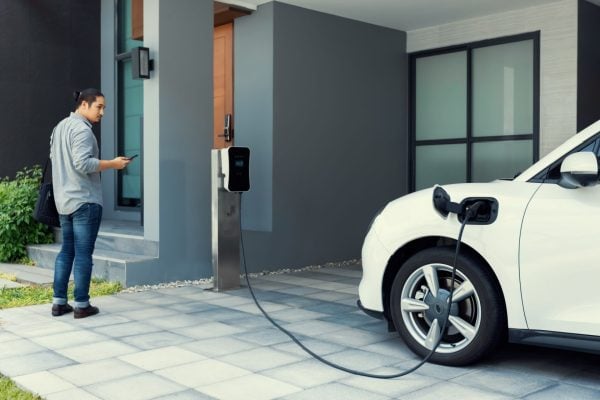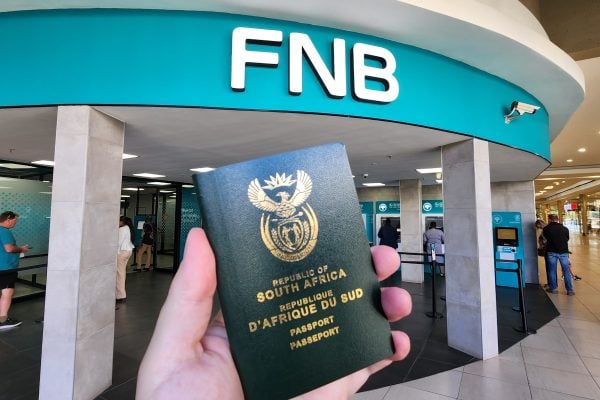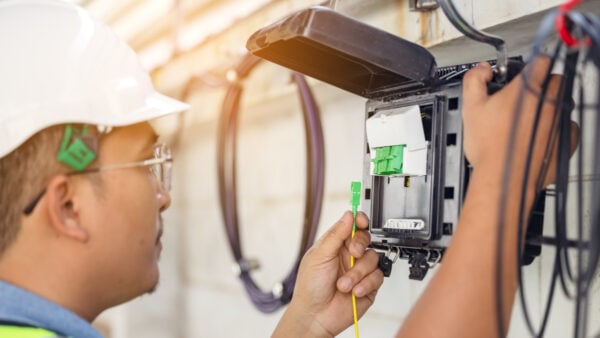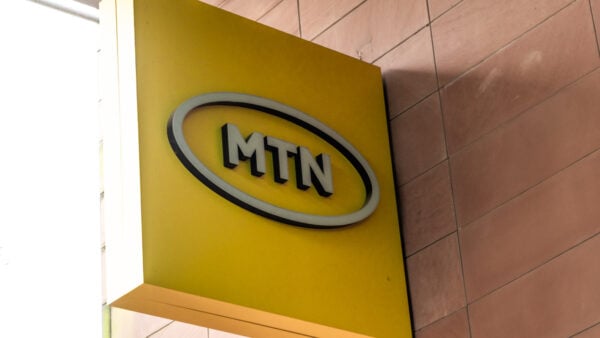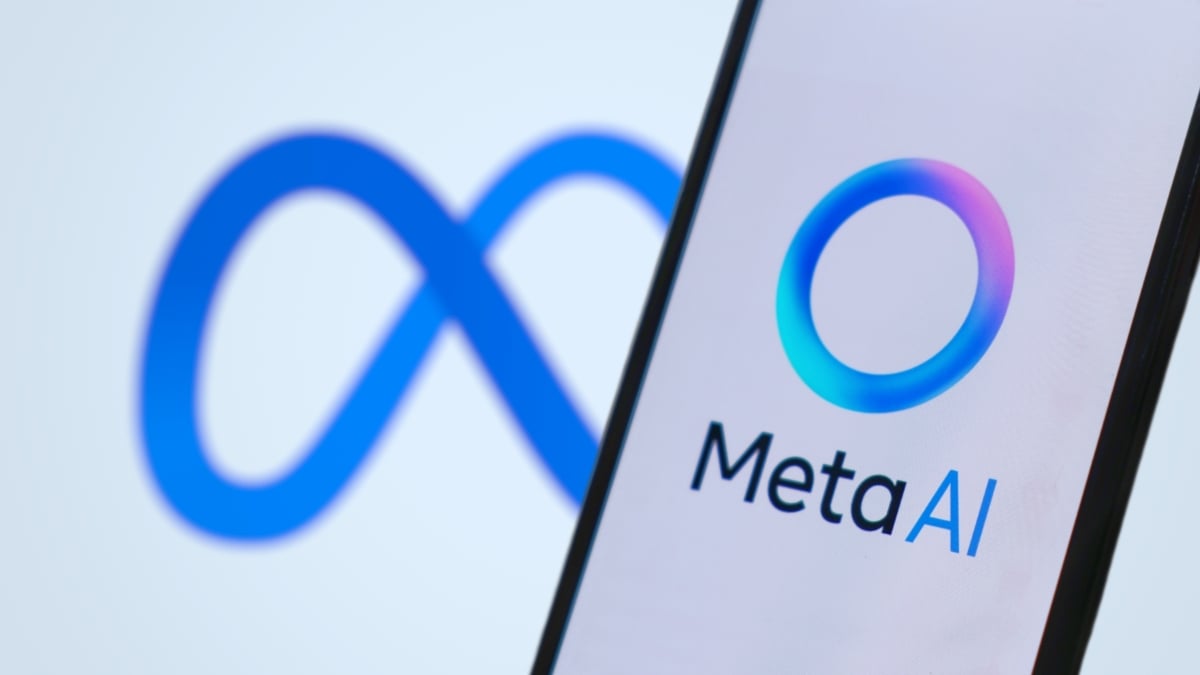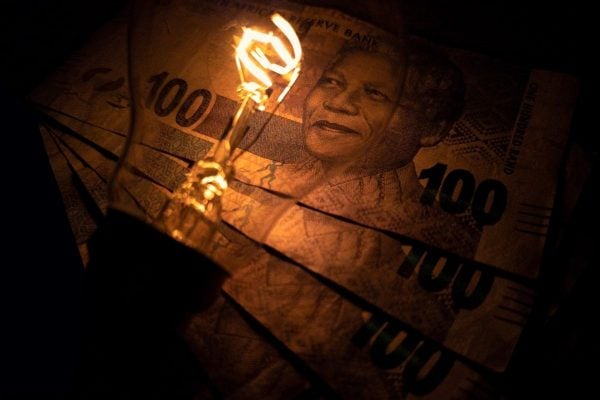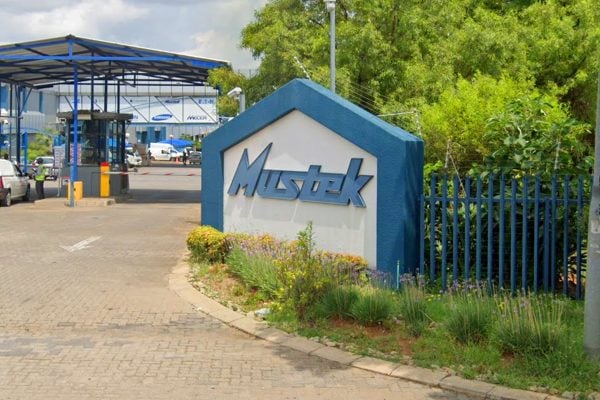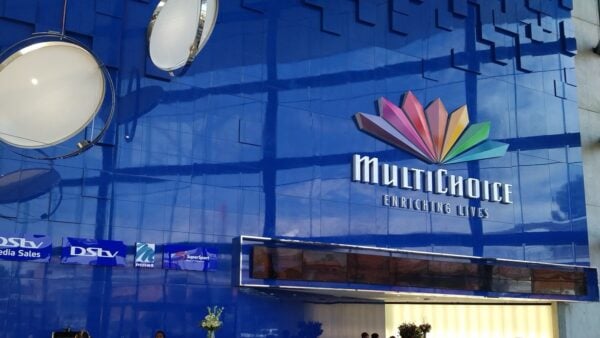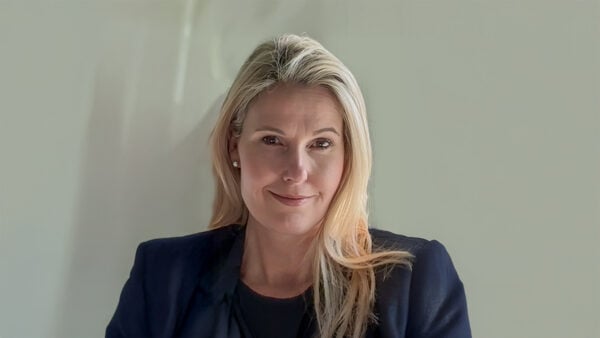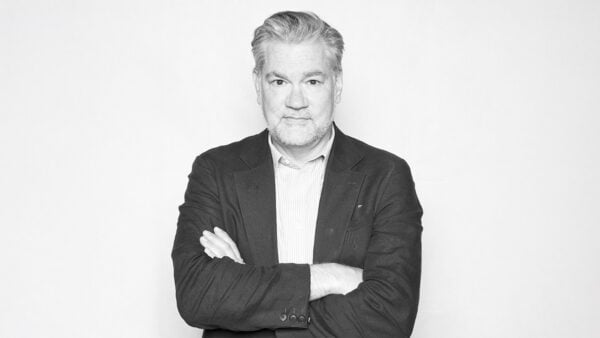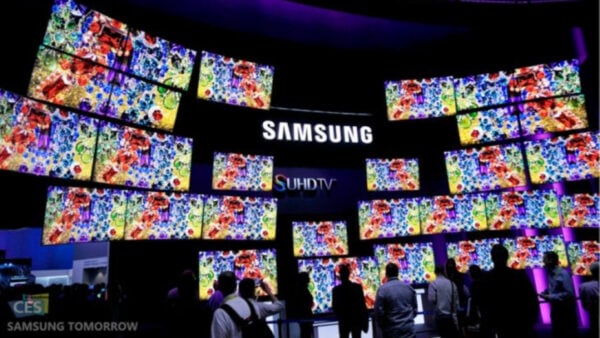The man who revolutionised South Africa’s broadband market
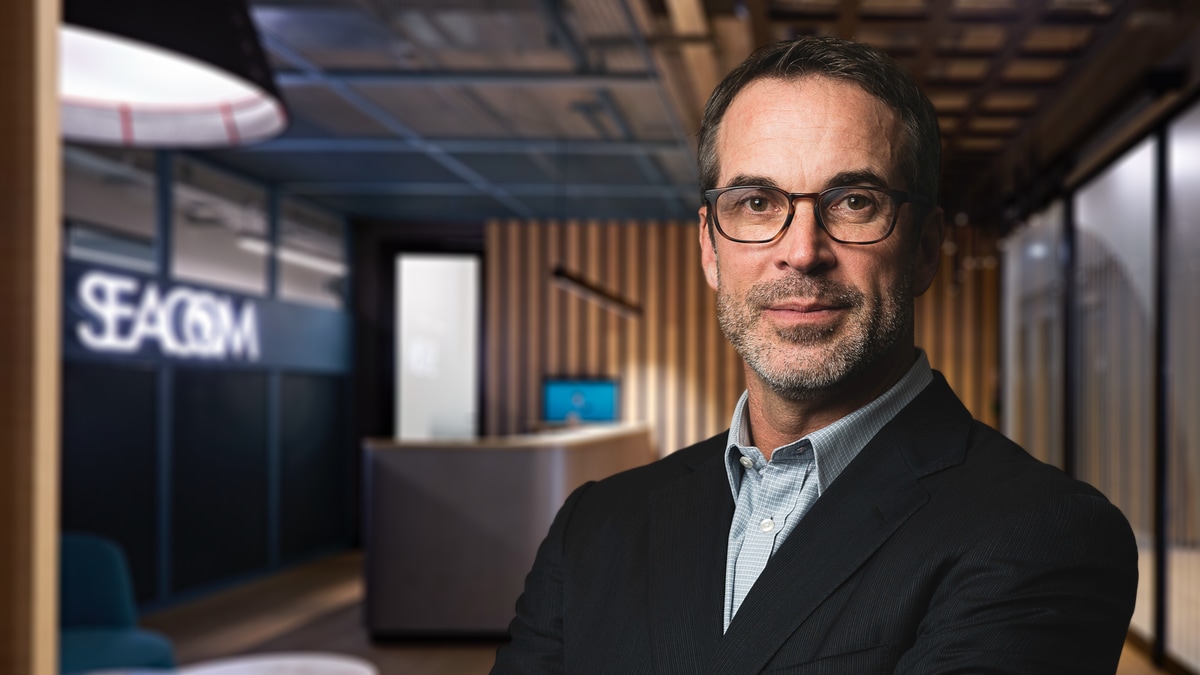
It is no exaggeration to say that Seacom founder Brian Herlihy revolutionised the South African broadband market.
When the Seacom undersea cable landed in South Africa 16 years ago, it significantly lowered the price of broadband by disrupting Telkom’s monopoly in international subsea fibre connectivity.
Before Seacom, there were two primary sources of international bandwidth in South Africa — the SAT-3/SAFE cable system and telecommunications satellites.
Telkom controlled access to SAT-3/SAFE, whereas satellites introduced significant latency to content hosted on overseas servers.
Regardless of which type of link Internet service providers used for international connectivity, bandwidth over them was relatively expensive at the time — much more expensive than local bandwidth.
As a result, international bandwidth was sold at a premium in South Africa. Until 2009, it was not unusual to pay R60 to R80 per gigabyte for “anytime, anywhere” ADSL data.
Data that could only be used outside peak times was cheaper, and local-only data was even cheaper than that, costing around R70 for 10GB — roughly ten times less than international data.
After Seacom went live in July 2009, that all changed.
However, the journey that led to that moment had started over a decade earlier, shortly after Herlihy completed his university studies. He attended Boston College from 1992 to 1996, earning BA degrees in philosophy and economics.
In 1998, he enrolled at the London School of Economics and Political Science and graduated a year later with a Master’s degree in Development Economics and International Development.
After getting his Master’s, Herlihy joined an early initiative that was trying to do a fibre project around Africa to break the back of the British Telecom and France Telecom monopoly on switching.
“A call from Nairobi to Dar Salam would go to London, switch there and come back. The economics of the fibre were justified just on eliminating the switching cost alone,” Herlihy said in a 2020 podcast with former Google South Africa boss Stafford Masie.
Herlihy said that rivals were paying British Telecom and France Telecom about $400 million per year just to switch their calls.
“This really predated any heavy data. It was a small cable at that point in time.”
Unfortunately, the cable would never be built. After the attacks against the United States on 11 September 2001, money in the telecommunications sector dried up.
“We had a big Saudi investor. They pulled out, and the project disintegrated with the telecom bust that followed 9/11,” Herlihy said.
However, the project had planted a seed in his mind.
“There was this burning desire in the back of my head.”
From Guinea to Seacom
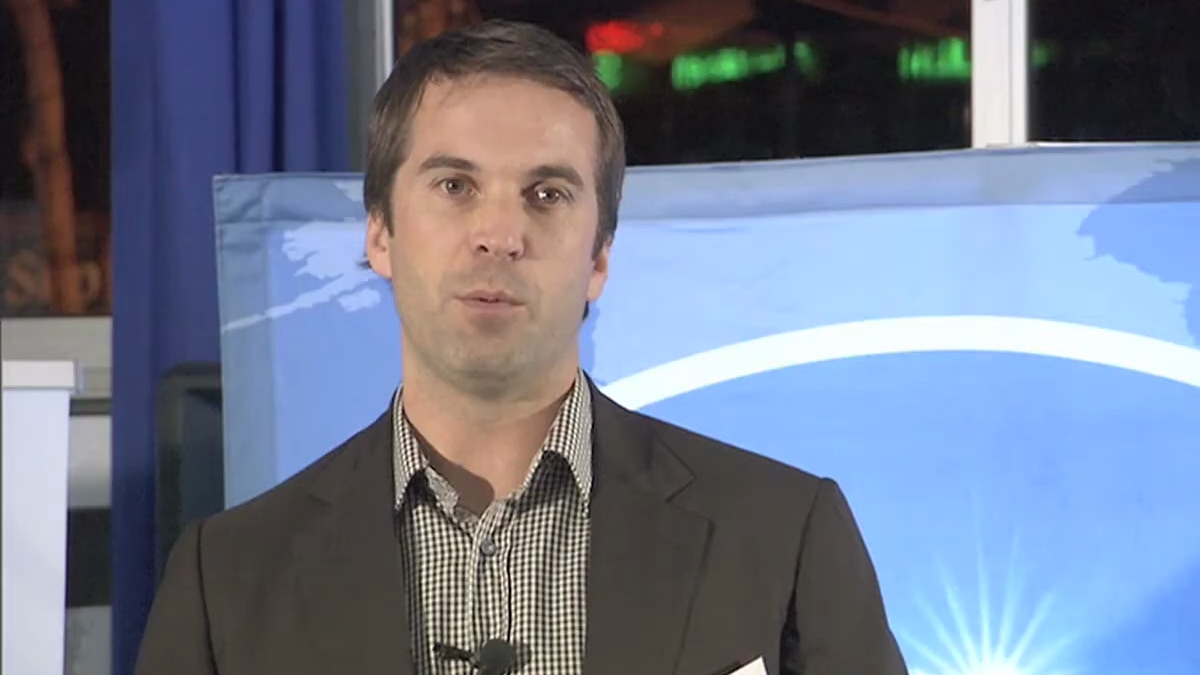
Herlihy continued working in the African infrastructure sector, becoming lead developer on a $5-billion alumina refinery in Guinea.
It was while living in Conakry, Guinea between 2003 and 2007 that Herlihy began thinking about the business case for Seacom.
“Guinea is one of the poorest countries on the continent. It had almost zero infrastructure, and we took forever to make progress on that project,” he explained.
“One day, the parliament was ready to sign something. Our lawyer in Paris had to send something, and we had to download it to print it. It was probably like a megabyte at the time, and we just couldn’t download it.”
Herlihy couldn’t recall whether the unstable power supply or something else caused the connectivity problem.
However, a seminal moment was when he, as one of the youngest on the team, had to fly to Paris, get the document from the lawyer, and return to Guinea. Flights only went twice a week, so it was a whole week lost.
“I used to sit there and build business cases on what Seacom could look like while sitting in Guinea. You know, there’s no TV, there’s nothing to do at night,” said Herlihy.
An Internet revolution
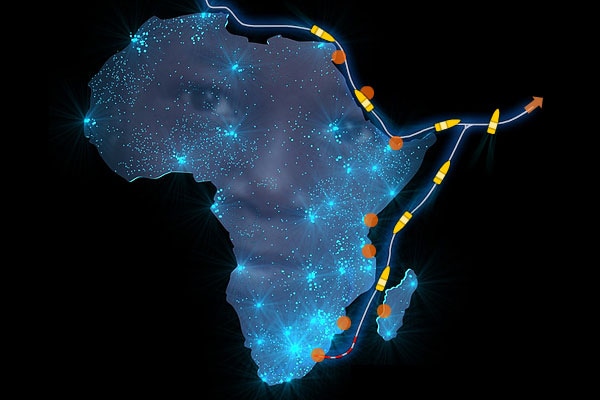
In an interview Herlihy gave more than a year before Seacom launched, he promised they would sell international capacity for 90% cheaper than Internet service providers were currently paying.
He did not disappoint. Within two months of Seacom landing in South Africa in 2009, Internet service provider Afrihost launched an ADSL product offering data for R29 per GB.
Afrihost CEO Gian Visser said at the time it would not have been possible for them to undercut the prevailing prices as an upstart ISP had it not been for Seacom.
Six months later, Mweb one-upped them, launching an affordable consumer uncapped ADSL service from R219 per month (excluding Telkom’s monthly line rental and access fees).
The late former Mweb CEO Rudi Jansen said Seacom’s arrival was a critical factor in allowing them to launch uncapped ADSL.
“The biggest hurdle was for Mweb to build our own national and international network in a short time frame, which was previously outsourced almost entirely to Telkom and Internet Solutions,” Jansen told MyBroadband in a 2018 interview.
“We went from no network to one of the biggest networks in a space of 4 months.”
From there, Jansen said they had to secure affordable international bandwidth for their network.
“This was actually made easy with Seacom being a fantastic partner. They could see the opportunity to sell lots of bandwidth early on and they helped us with some innovative solutions,” he said.
Seacom’s arrival in South Africa broke Telkom’s stranglehold on subsea fibre capacity and opened the floodgates for affordable, uncapped broadband products to launch.
Life after Seacom
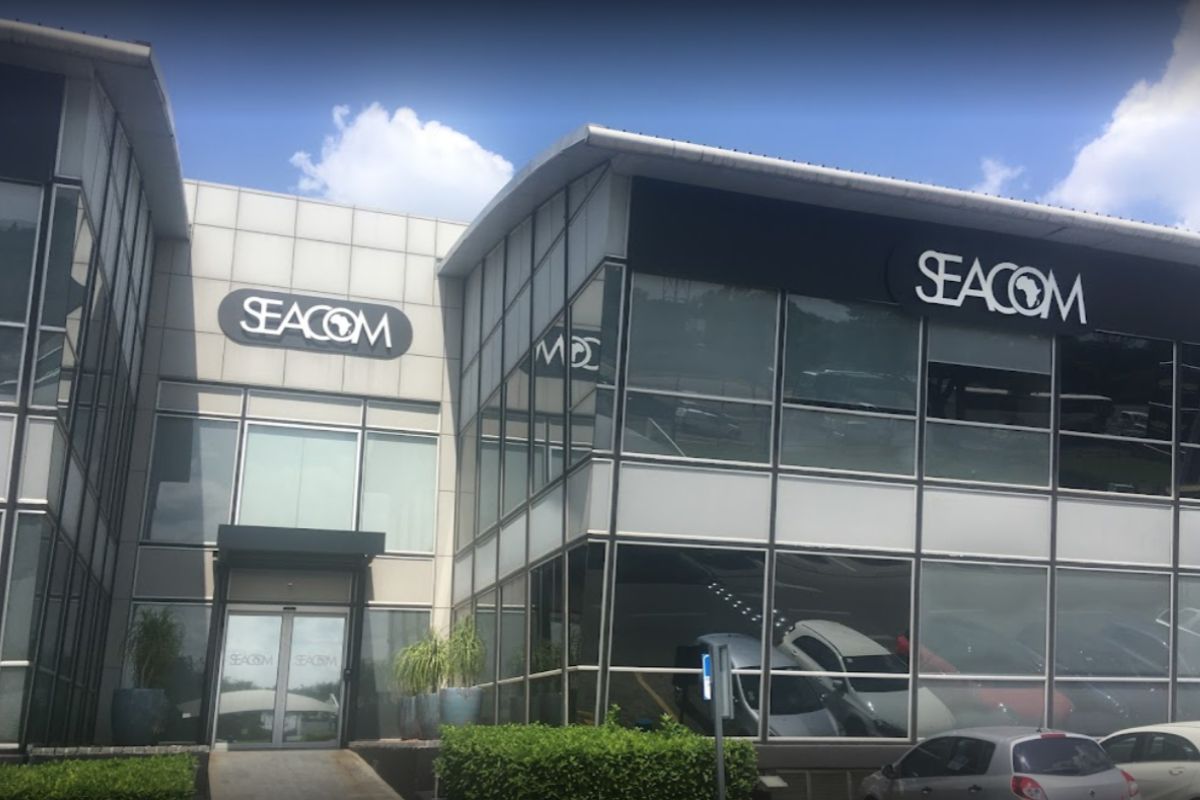
Herlihy stepped down as CEO in 2011, and Seacom appointed Mark Simpson to fill his shoes. That same year, the World Economic Forum elected Simpson a Young Global Leader, which presented the award to him in 2012.
He returned for a 12-month stint as Seacom CEO when Simpson left the company in 2014.
He stepped aside again in 2015 when Seacom appointed Byron Clatterbuck as CEO.
After Seacom, Herlihy founded Black Rhino, an energy and infrastructure platform established to focus on a project in South Sudan in coordination with the US, South Sudanese, and Ethiopian governments.
In 2014, Black Rhino was restructured as a Blackstone portfolio company that focused on the development of energy and infrastructure projects across the African Continent.
Herlihy left South Africa in 2019 when his visa expired and resurfaced two years later as CEO of Endeavor Energy in Nantucket, Massachusetts.
While he now lives in the United States, the projects his companies work on are all in Africa.
Endeavor owns three power plants: two in Ghana and one in Guinea.
Since August 2023, Herlihy has also taken over project management of the Singrobo hydroelectric power project in Côte d’Ivoire for Denham Capitals Sustainable Infrastructure Fund.
